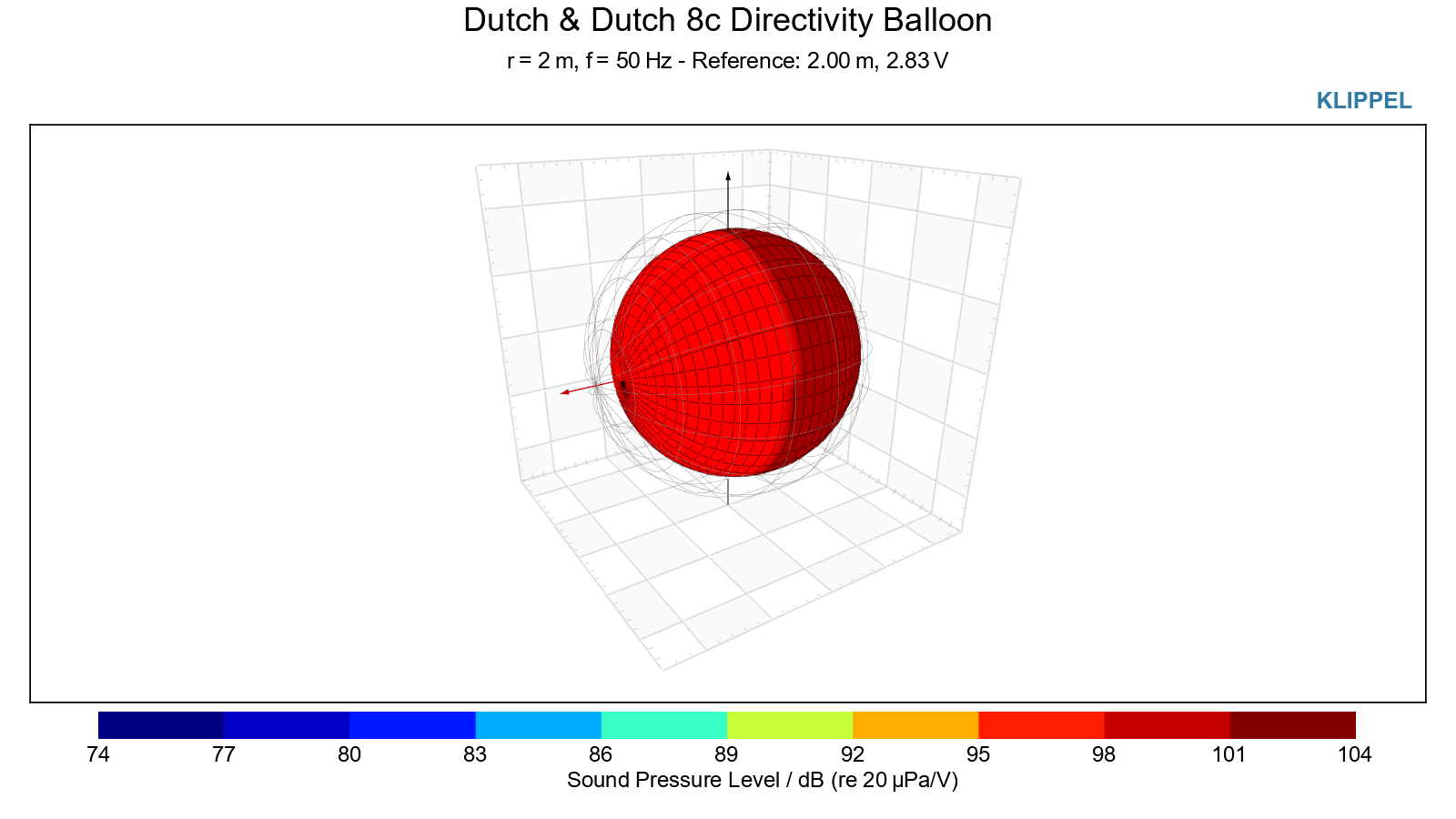Sorry if I'm missing something obvious here, but the Klippel NFS measurements I've seen only represent 2d circles in 3d space -- for example, with a fixed horizontal offset of 0 degrees, or a fixed vertical offset of 0 degrees.
Is the Klippel NFS capable of recording a full 3d sphere of directivity measurements around a speaker?
Is the Klippel NFS capable of recording a full 3d sphere of directivity measurements around a speaker?



